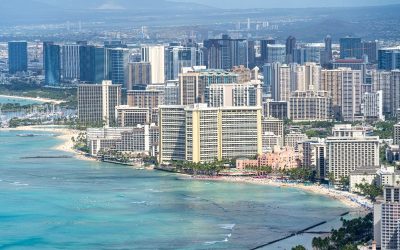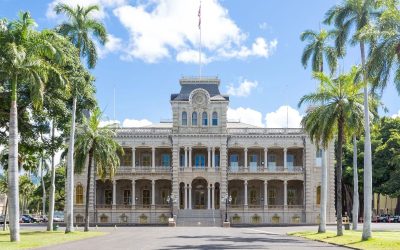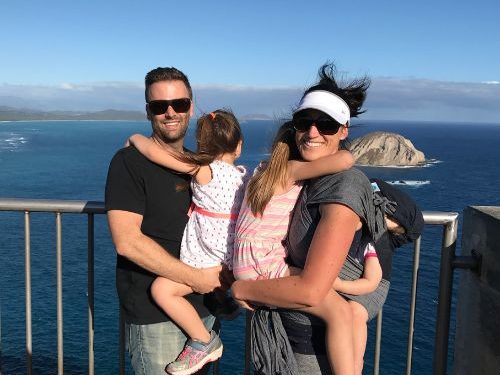What Is a Traditional Hawaiian Luau? A Guide to Understanding Luaus in Hawaii
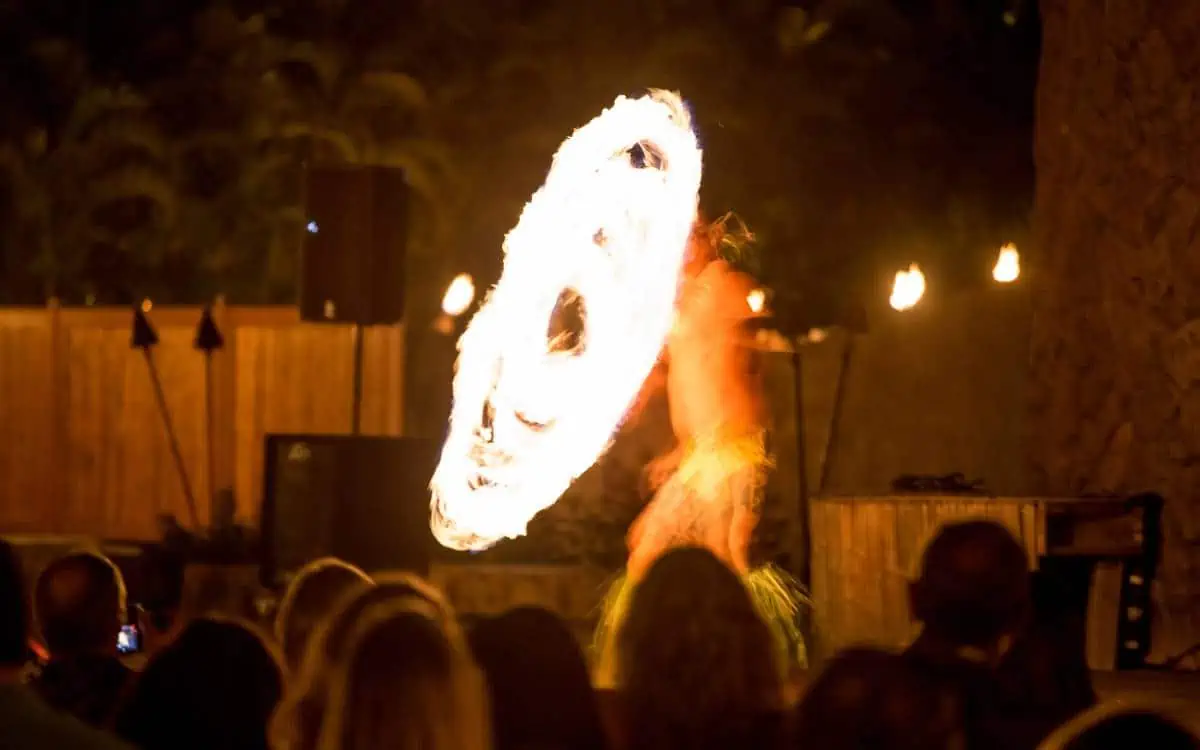
You’re in Hawaii, surrounded by tropical beaches and the echo of waves, wondering how to dive into its rich culture.
Picture this: a traditional Hawaiian feast that merges delicious food with captivating dance and music, bursting with joy and tradition, deeply rooted in Polynesian culture.
This article will unpack what a traditional Hawaiian luau is by guiding you through its history, flavors, and rhythms. Let’s explore the heartbeat of island hospitality!
What Is a Traditional Hawaiian Luau?
A traditional Hawaiian luau is a celebratory feast central to Hawaiian culture, featuring traditional foods and cultural performances. It marks significant life events and milestones, highlighting Hawaii’s culinary traditions and performance arts, such as hula and Hawaiian music, thereby honoring the islands’ rich heritage.
Planning a trip to Hawaii? Join our Hawaii Travel Facebook Group here now! It’s the perfect place to ask any questions and to be inspired!
This ‘what is a traditional Hawaiian luau’ post is written by Bryan Murphy, an expert in Hawaii travel and a top-rated podcast host. The post may contain affiliate links, meaning I may earn a small commission if you use the provided links. Learn more on my privacy policy page.
Planning Your Trip? Use Our Favorite Resources!
🏨 Accommodations: We recommend Expedia
✈️ Flights: For the cheapest flights, we use Skyscanner
🚗 Rental Car: We recommend Discount Hawaii Car Rental
🌋 Attractions: We recommend Get Your Guide
🌺 Luaus and Tours: We recommend Hawaii Tours
📱 Mobile Tour App: Our favorite is Shaka Guide
Key Takeaways of What is a Traditional Hawaiian Luau
- A traditional Hawaiian luau celebrates with food, dance, and music.
- King Kamehameha II started luaus by sharing a feast with women in 1819.
- Luaus have lots of special foods like kālua pig and poi.
- Hula dancing and live Mele songs are big parts of a luau.
- Wearing Hawaiian shirts or muumuus is common at luaus.
Recommended Tours Nearby
History of Hawaii Luaus
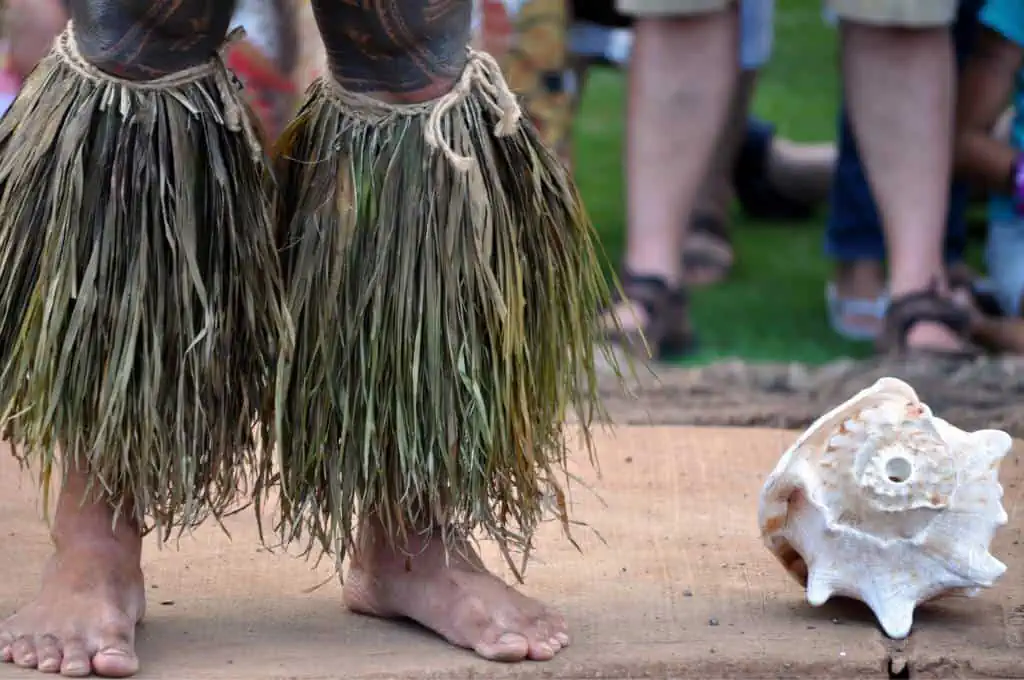
A long time ago, the people of Hawaii couldn’t eat together; part of the kapu system. Men and women had their own meals apart. That all changed with King Kamehameha II.
He ended this practice in 1819 by eating with women at a big feast.
This was a huge step for Hawaiian culture. Feasts like this one became known as luaus, and they were filled with laughter and joy.
Luaus started honoring important life events, like victories or royal birthdays. They drew everyone from commoners to chiefs together to celebrate.
Traditional foods like kālua pig cooked in an imu or taro leaves mashed into poi were shared by all attendees.
Over time, these gatherings turned into what you see today – a mix of old Hawaii traditions and new flavors brought by people from different lands who now call Hawaii home.
The Meaning of Luau
After exploring the luau’s origins, it becomes clear that this gathering is more than just a party; it’s a profound demonstration of Polynesian heritage.
It’s a vibrant display of Hawaiian culture, bursting with joy and tradition. Think of it as a grand feast that brings people together to celebrate life’s special moments.
You’ll see families laughing, friends sharing stories, and everyone enjoying themselves.
Luau means ‘feast,’ but in Hawaii, it stands for so much more. It showcases native customs and the aloha spirit – a warm sense of welcome. Here you’ll find hula dancers swaying to melodic tunes, their movements telling tales of the islands’ history.
You might even try your hand at some hula steps!
Food is at the heart of every luau. Chefs cook traditional dishes that have been passed down through generations. Imagine pulling juicy kalua pork from an imu or savoring sweet bites of coconut pudding known as haupia.
Each bite takes you on a journey through Hawaiian flavors and heritage.
So when you sit down for a luau meal under the stars, remember: you’re not just eating dinner; you’re partaking in an age-old tradition that celebrates Hawaii’s rich cultural tapestry.
Traditional Elements of a Luau

From the lei greeting to the mouth-watering traditional Hawaiian foods, and captivating entertainment with live Mele (songs) and Hula (dance), a luau in Hawaii embodies the essence of cultural celebration.
Lei Greeting
Get ready to feel the warmth of Hawaii with a lei greeting as you step into a luau. Picture walking in and having soft, fragrant flowers draped over your shoulders.
This isn’t just any necklace; it’s a symbol of aloha, Hawaii’s famous welcome.
You’ll find this tradition alive across the islands—from the Royal Kona Resort on Big Island to Waikiki Beach Marriott on Oahu.
Each lei is carefully crafted from blossoms like orchids or plumeria.
You might even get one made from kukui nuts! Don’t be surprised if you’re greeted with a gentle kiss on the cheek—it’s all part of saying “Aloha” in true Hawaiian style.
Luau Feast
The traditional Hawaiian luau features a variety of Native Hawaiian dishes, such as poi, fish, kālua pig, laulau, ʻopihi, limu, breadfruit, sweet potatoes, fresh fruits, and haupia.
These dishes showcase the rich diversity of Hawaiian cuisine and reflect the cultural significance of food in Hawaiian traditions.
Poi is a staple starch made from taro root, while kālua pig is traditionally seasoned and cooked in an imu (underground oven), imparting a unique smoky flavor.
Laulau consists of succulent pork wrapped in taro leaves and steamed to perfection. Fresh fish and seafood are also central to Hawaiian luau menus, celebrating the abundance of the sea surrounding the islands.
Additionally, sweet potatoes, breadfruit, and fresh fruits contribute to the vibrant array of flavors and textures offered at a traditional luau feast.
Entertainment: Live Mele (Songs), Hula (Dance)
At a traditional Hawaiian luau, you’ll experience the vibrant art of live Mele (songs) and Hula (dance).
These performances are more than just entertainment; they embody the heart and soul of Hawaiian culture.
Through rhythmic melodies and graceful movements, these ancient art forms tell stories of love, nature, and the islands’ rich history.
Witnessing these authentic expressions will immerse you in the islands’ living traditions as a visitor to Hawaii.
Live Mele brings music to life with its enchanting melodies that capture the essence of Hawaiian heritage.
Accompanied by traditional instruments like ukuleles and slack-key guitars, these songs speak volumes about island life, mythology, and deep emotions.
Meanwhile, Hula (dance)rs use graceful movements to communicate legends or daily activities from old Hawaii.
Their swaying hips and flowing hand gestures depict tales of gods and goddesses as well as celebrations such as fishing expeditions or harvest festivals.
Dress Code at a Luau in Hawaii
When it comes to the dress code at a luau in Hawaii, embracing the island’s casual and relaxed vibe is key. Most lūʻau-themed parties encourage guests to wear Hawaiian shirts, muumuus, or aloha attire to immerse themselves in the festive atmosphere.
Additionally, some gatherings may opt for a dress code of casual resort wear or beach attire, allowing attendees to feel comfortable while enjoying outdoor festivities.
At a traditional Hawaiian luau, you’ll often see guests adorned with leis or other traditional Hawaiian accessories as part of their ensemble.
The dedication to Hawaiian traditions may influence the dress code, with some events calling for more traditional attire such as holoku and aloha shirts.
The Significance of Luau in Hawaiian Culture
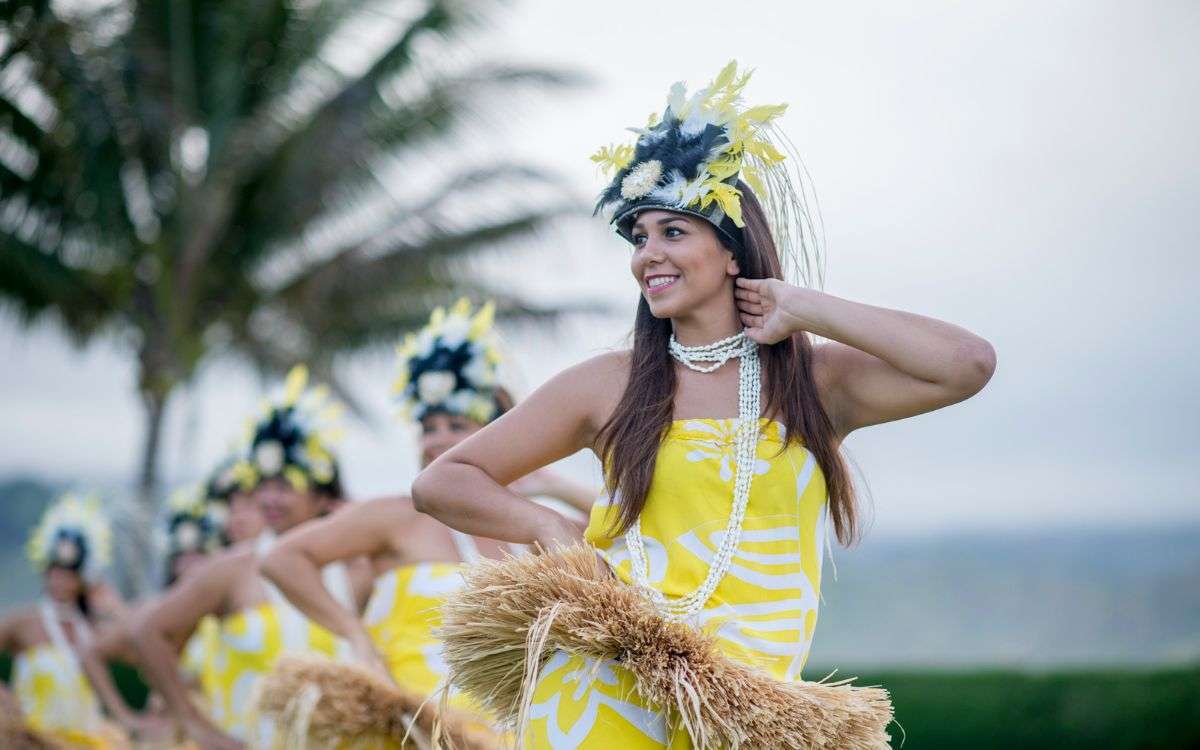
The significance of the lūʻau runs deep in Hawaiian culture, reflecting traditions, community gatherings, and celebration. It serves as a symbol of sharing food, stories, music, and dance among families and friends.
The feast brings people together to honor special occasions such as birthdays or weddings while fostering a sense of unity and connection with nature. Through ancient practices handed down through generations, the lūʻau embodies the spirit of aloha – love, peace, and compassion – integral to Hawaiian heritage.
The lūʻau also holds historical importance as it signifies the end of religious taboos in ancient Hawaii. Over time, it has evolved into a cultural showcase for visitors to experience authentic Hawaiian cuisine and entertainment.
With its roots deeply intertwined with indigenous beliefs and values, the lūʻau represents a living expression of Hawaii’s rich history and enduring legacy.
Traditional Hawaiian Luau Wrap-Up
A traditional Hawaiian luau is a vibrant celebration of food, music, and dance. The lūʻau tradition began in 1819 after the kapu system ended. Today, visitors can experience this cultural feast on various Hawaiian islands including Maui and Oʻahu.
The event showcases the diverse and rich culture of Hawaii through its food, entertainment, and historical significance. Experience the spirit of aloha at a traditional Hawaiian luau for an unforgettable taste of Hawaii’s traditions.
FAQs for a Traditional Hawaiian Luau
1. Who started the first big Hawaiian luaus?
King Kamehameha III and King Kalakaua threw huge parties that were like today’s luaus. They had tons of food and fun to show everyone’s equal under the new law called ‘ai noa.’
2. Can you tell me about the food at a luau?
Luau food includes yummy stuff like kalua pig cooked in an imu – it’s like an underground oven! There’s also poi made from taro plant, lomi salmon, chicken long rice, and more.
3. What happens at an imu ceremony?
At an imu ceremony, they cook the kalua pig in the ground for hours. It gets super tender and smoky – just right for a feast!
4. Do they wear those cool necklaces I’ve seen on TV at a luau?
You bet! People wear kukui nut leis or flower leis around their necks; it’s all part of the celebration vibe.
5. Why do little kids have luaus on their first birthday?
In Hawaii, when a kid turns one, they throw them their very own luau! It goes back to ancient times when making it to your first birthday was super important.
Enjoyed this Post About KEYWORD? (Pin it to save it!)
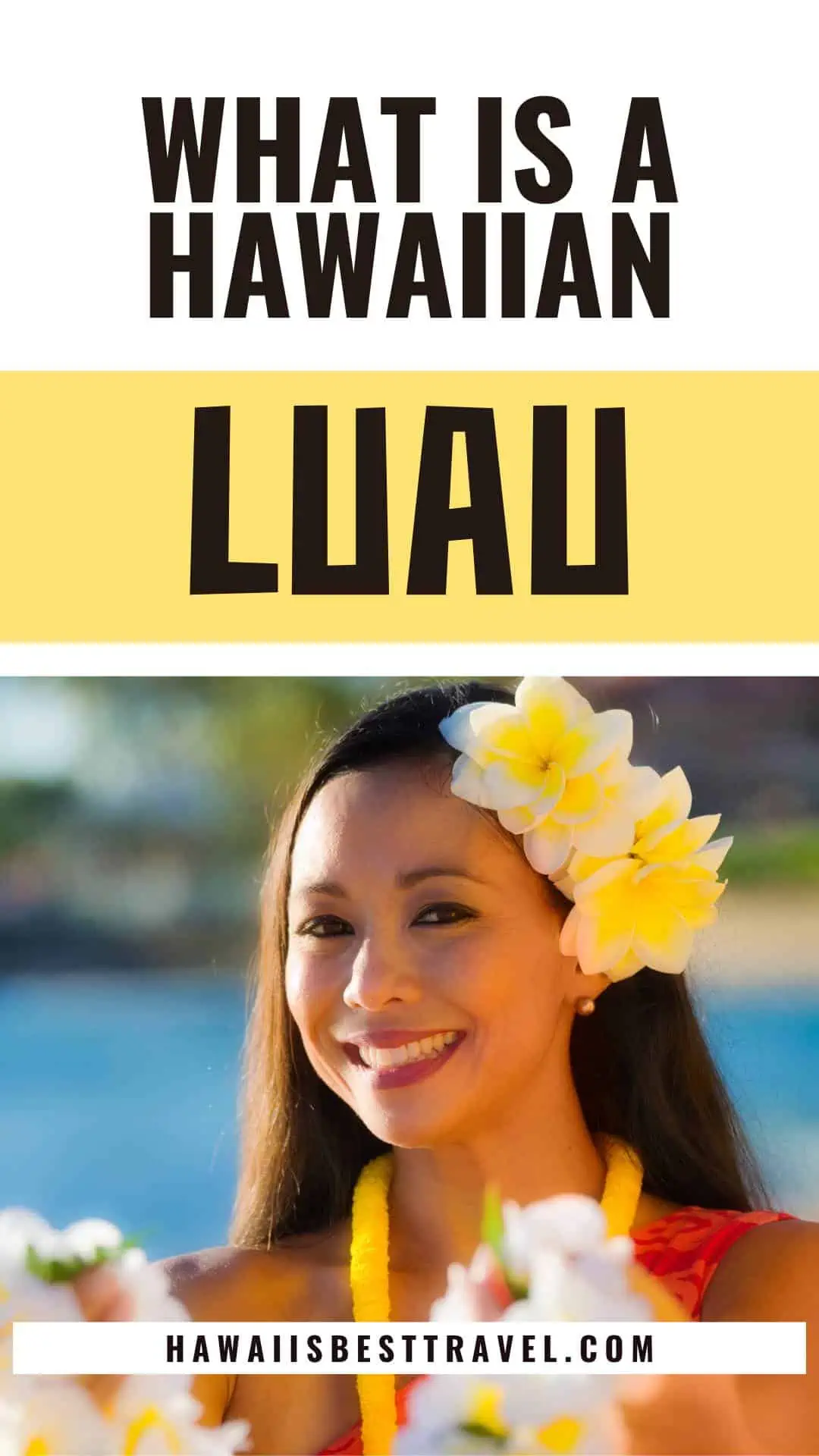
RELATED POSTS
Best Time to Visit Hawaii in 2026: Weather, Crowds, and Tips for a Perfect Hawaii Vacation [UPDATED]
[dssb_sharing_buttons icon_placement="icon" columns="2" _builder_version="4.24.2" _module_preset="default" box_shadow_style_icon="preset1"...
New Hawaii Visitor Laws That Every Tourists Must Know for 2026
[dssb_sharing_buttons icon_placement="icon" columns="2" _builder_version="4.24.3" _module_preset="default" box_shadow_style_icon="preset1"...
The History of Hawaii: A Comprehensive Guide to Hawaiian History
This post may contain affiliate links, meaning I earn a small commission if you use the links. View our Privacy Policy and for more.RECOMMENDED POSTS
Bryan Murphy is the creator of Hawaii’s Best Travel and a Certified Hawaii Destination Expert through the Hawai‘i Visitors Bureau. He’s an active member of the Hawai‘i Visitors and Convention Bureau and continues ongoing education focused on Hawaiian culture, history, and sustainable travel. As the host of the “Hawaii’s Best Travel” podcast—one of the top travel podcasts in the U.S.—Bryan shares practical, respectful guidance to help visitors experience Hawai‘i in a more meaningful way. His work reaches nearly half a million people across podcast, blog, and social media.


![What Is a Traditional Hawaiian Luau? A Guide to Understanding Luaus in Hawaii 1 Best Time to Visit Hawaii in 2026: Weather, Crowds, and Tips for a Perfect Hawaii Vacation [UPDATED]](https://hawaiisbesttravel.com/wp-content/uploads/2024/02/best-time-to-visit-hawaii-400x250.webp)
